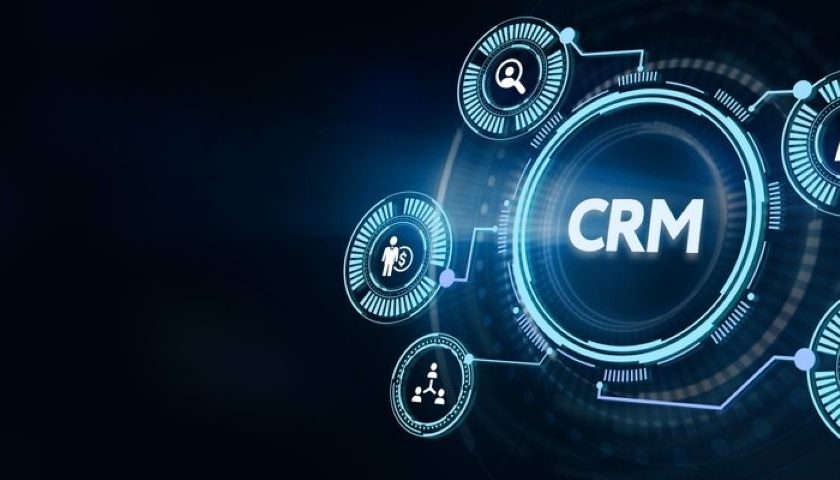Understanding Legal Requirements and Compliance Obligations
Small businesses must first identify the health and safety regulations applicable to their industry and location. Governments and regulatory bodies establish specific guidelines to protect employees, customers, and visitors. Failing to comply with these regulations can lead to legal penalties, financial losses, and reputational damage. Business owners should review workplace safety laws, industry-specific standards, and any mandatory training requirements. Consulting official resources, attending compliance workshops, or seeking guidance from professional safety advisors ensures that training programs align with legal expectations.
Conducting a Workplace Risk Assessment
Before developing a training program, small businesses must assess potential risks within their work environment. A thorough risk assessment identifies hazards that could lead to injuries or health concerns, allowing businesses to tailor training to real-world challenges. Common risks include slips and falls, ergonomic strain, fire hazards, exposure to harmful substances, and machinery-related accidents. Business owners should document these risks, evaluate the likelihood of incidents, and implement safety measures accordingly. Involving employees in this process enhances awareness and fosters a shared commitment to workplace safety.
Defining Clear Safety Policies and Procedures
Health and safety training must be structured around well-defined policies that establish expectations for all employees. Small businesses should create a safety handbook outlining emergency protocols, reporting procedures, and preventative measures. Policies should cover topics such as first aid response, fire evacuation plans, personal protective equipment (PPE) requirements, and handling hazardous materials. Clearly communicated safety policies serve as a foundation for training sessions and provide employees with accessible reference materials to reinforce learning.
Providing Essential Health & Safety Training Modules
A well-rounded training program should cover fundamental safety principles relevant to daily business operations. Core training modules include:
- General Workplace Safety: Identifying hazards, practicing safe work habits, and maintaining a hazard-free environment.
- Emergency Preparedness: Fire safety drills, first aid basics, and protocols for handling workplace accidents.
- Manual Handling and Ergonomics: Proper lifting techniques, workstation setup guidance, and prevention of musculoskeletal strain.
- Chemical Safety and Hazardous Substances: Safe handling, storage, and disposal of chemicals to prevent exposure risks.
- Equipment and Machinery Safety: Proper operation, maintenance, and lockout/tagout procedures for heavy machinery.
Customizing these modules based on industry-specific risks ensures employees receive relevant and practical training.
Choosing the Right Training Format
Small businesses may not have dedicated training departments, making it essential to choose accessible and cost-effective learning methods. Options include:
- In-Person Training: Workshops and hands-on demonstrations led by experienced safety professionals.
- Online Courses: Digital training modules with interactive quizzes and video tutorials.
- On-the-Job Training: Practical instruction provided by supervisors or senior employees.
- Blended Learning Approaches: A combination of online and in-person training for comprehensive coverage.
The chosen format should be engaging, easy to understand, and adaptable to different learning styles.
Ensuring Consistency with Regular Training and Refreshers
One-time training sessions are not sufficient for maintaining workplace safety. Small businesses should implement a schedule for refresher courses to reinforce learning and address emerging risks. Periodic safety drills, interactive discussions, and ongoing assessments help employees stay informed and prepared. Regular updates to safety training ensure compliance with evolving regulations and industry best practices.
Encouraging a Culture of Safety Awareness
A successful health and safety training program extends beyond compliance; it becomes an integral part of workplace culture. Business owners and managers should lead by example, prioritizing safety in daily operations and decision-making. Encouraging employees to report hazards, participate in safety discussions, and contribute to workplace improvements fosters a proactive approach to risk management. Open communication and positive reinforcement strengthen employee engagement, making safety a shared responsibility rather than an obligation.
Providing Employees with the Right Safety Tools and Resources
Effective training must be supported by practical resources that enable employees to apply what they have learned. Small businesses should provide access to first aid kits, fire extinguishers, PPE, and safety signage. Digital resources such as instructional videos, checklists, and mobile-friendly training materials ensure that employees can refresh their knowledge when needed. Investing in these tools demonstrates a commitment to workplace safety and enhances the effectiveness of training efforts.
Taking the First Step Toward a Safer Workplace
Implementing health and safety training may seem daunting for small businesses, but a structured approach makes the process manageable. By understanding legal requirements, assessing risks, defining clear policies, and selecting effective training methods, businesses create safer environments for employees and customers alike. A commitment to ongoing training and a culture of awareness strengthens long-term workplace safety, fostering an environment where employees feel valued, protected, and motivated to contribute to business success.










